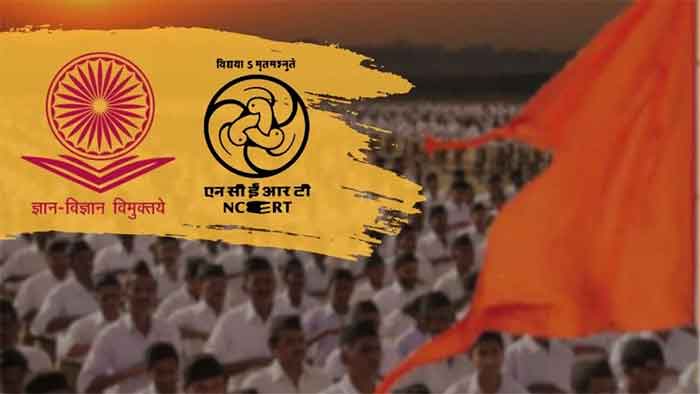One third of primary schools in Jharkhand have a single teacher. Pupil attendance is just 68% in primary schools and 58% in upper-primary. Right to Education Act grossly violated in all government schools

A new survey report, Gloom in the Classroom, lays bare the dismal state of the schooling system in Jharkhand and the depth of the post-Covid crisis. The report is based on a survey of 138 primary and upper-primary schools in 16 districts of Jharkhand, conducted in September-October 2022 by Gyan Vigyan Samiti Jharkhand (GVSJ) volunteers.
None of these schools meet the norms prescribed by the Right to Education (RtE) Act. The gaps are glaring . To illustrate, one third of primary schools have a single teacher – usually a “para-teacher”. They have 51 pupils on average. Most of the pupils (87%) in these schools are Dalit or Adivasi children.
There are acute teacher shortages in other schools too. Only 19% of upper-primary schools in the sample had a pupil-teacher ratio below 30, as prescribed under the RtE Act.
“The dismal state of the schooling system in Jharkhand reflects decades of state apathy towards elementary education. This apathy is both a mistake and an injustice. It is a mistake because quality education for all could transform the economy and society of Jharkhand. It is an injustice because it keeps oppressed classes and communities where they are.”
Fragile to start with, the schooling system in Jharkhand suffered a heavy blow during the Covid crisis. A majority of teachers feel that “most” children in Classes 1-5 had forgotten how to read and write by the time schools reopened earlier this year. Pupil attendance was just 68% in primary schools and 58% in upper-primary schools on the day of the survey.
The survey is not all gloom. It suggests, for instance, that rampant teacher absenteeism is a thing of the past in Jharkhand: “95% of teachers appointed were present at the time of the investigators’ unannounced visit”. Teachers are in place, the main thing is to ensure that they are able and willing to make good use of their time. And that there are more of them!
[Note: The GVSJ sample of 138 schools is fairly representative of all government primary and upper-primary schools in Jharkhand, judging from basic comparisons with official Unified District Information System for Education (UDISE) data.]
Survey highlights
- The schooling system in Jharkhand is shot through with teacher shortages. Only 50% of primary schools and 20% of upper-primary schools in the sample had a pupil-teacher ratio below 30, as prescribed under the Right to Education Act.
- Out of 138 schools in the sample, 20% had a single teacher. In a majority of these schools, the single teacher is a male para-teacher. Almost 90% of pupils in these single-teacher schools are Dalit or Adivasi children.
- Para-teachers account for a majority (55%) of teachers at the primary level, and 37% of teachers at the upper-primary level. About 40% of primary schools in the sample are run entirely by para-teachers.
- In a majority of schools, teachers felt that “most” pupils had forgotten how to read and write by the time schools reopened in February 2022.
- Pupil attendance on the day of the survey was just 68% in primary schools and 58% in upper-primary schools.
- Not a single school in the sample had functional toilets, electricity and water supply (all three).
- Two thirds of primary schools in the sample had no boundary wall, 64% did not have a playground and 37% had no library books.
- A large majority (two thirds) of the respondent teachers said that the school did not have adequate funds for the midday meal at the time of the survey.
- Many schools (10% as per teachers’ responses, more according to survey teams) are still not serving eggs twice a week, as prescribed.
- In most of the sample schools, little had been done to help children who had forgotten how to read and write during the Covid-19 crisis, except for the distribution of “foundational literacy and numeracy” (FLN) material.
Source: GVSJ survey of 138 primary and upper-primary schools in 16 districts of Jharkhand, September-October 2022. The sample schools were selected at random within the 26 sample blocks, among those where at least 50% of pupils are SC/ST.

















































